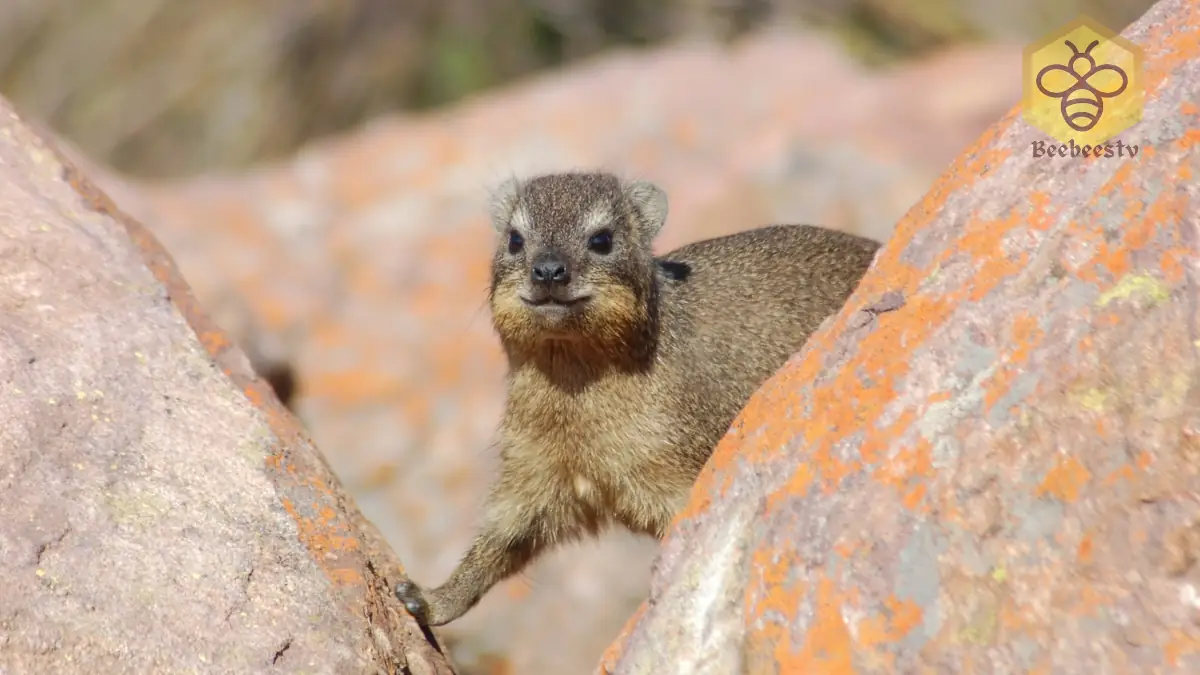Hyraxes: Nature’s Little-Known Leapers
Hyraxes: Nature’s Little-Known Leapers
Introduction
Hyraxes are fascinating creatures that have been around for millions of years. They are often called “rock rabbits” or “conies,” but they are more closely related to elephants and manatees!
Scientific Classification
| Domain | Eukaryota |
| Kingdom | Animalia |
| Phylum | Chordata |
| Class | Mammalia |
| Order | Hyracoidea |
| Family | Procaviidae |
Common Names
Hyrax, rock hyrax, cony
Scientific Name
Procavia capensis (Cape hyrax, one of the most common species)
Habitat
- Africa: Hyraxes are primarily found in Africa, inhabiting rocky areas, mountains, and forests.
- Middle East: Some species can also be found in the Middle East.
Physical Characteristics
- Size: Hyraxes are small mammals, typically measuring between 10-35 inches (25-90 cm) in length and weighing 5-30 pounds (2.3-13.6 kg).
- Appearance: They have thick, furry coats that can be of various colors, including gray, brown, and black. They have short legs, a short tail, and large, rounded ears.
- Unique Features: They have a unique dental structure, with incisors that continuously grow, similar to rodents. They also have large, fleshy pads on their feet that allow them to climb and grip rocks.
Behavior
- Social Animals: Hyraxes are social creatures and live in groups called “huddles.” These groups can range from a few individuals to several dozen.
- Diurnal: They are active during the day and spend most of their time foraging for food and basking in the sun.
- Herbivores: They are herbivores and primarily feed on leaves, grasses, fruits, and other plant matter.
Ecological Role
- Seed Dispersal: Hyraxes contribute to seed dispersal by eating fruits and excreting the seeds in their droppings.
- Soil Erosion: Their burrowing activities can help to prevent soil erosion.
- Prey for Predators: Hyraxes are prey for various predators, including cats, snakes, and birds of prey.
FAQs about hyraxes
1. What are hyraxes?
Hyraxes are small, furry mammals native to Africa and the Middle East. They are often called “rock rabbits” or “conies,” but they are not closely related to rabbits. Hyraxes are more closely related to elephants and manatees!
2. Where do hyraxes live?
Hyraxes are well-adapted to life in rocky environments. They live in groups called “huddles” and can be found in mountains, forests, and rocky outcrops.
3. What do hyraxes eat?
Hyraxes are herbivores, which means they eat plants. Their diet includes leaves, grasses, fruits, and other plant matter.
4. How big are hyraxes?
Hyraxes are relatively small animals. They typically weigh between 4 and 11 pounds (2-5 kilograms) and measure between 12 and 28 inches (30-70 centimeters) in length.
5. Are hyraxes dangerous?
Hyraxes are not dangerous to humans. They are shy, gentle creatures that are content to live in their rocky habitats.
Conclusion
Hyraxes are fascinating creatures that play an important role in their ecosystems. Their ancient lineage, unique adaptations, and social behavior make them a subject of interest for scientists and nature enthusiasts alike.
